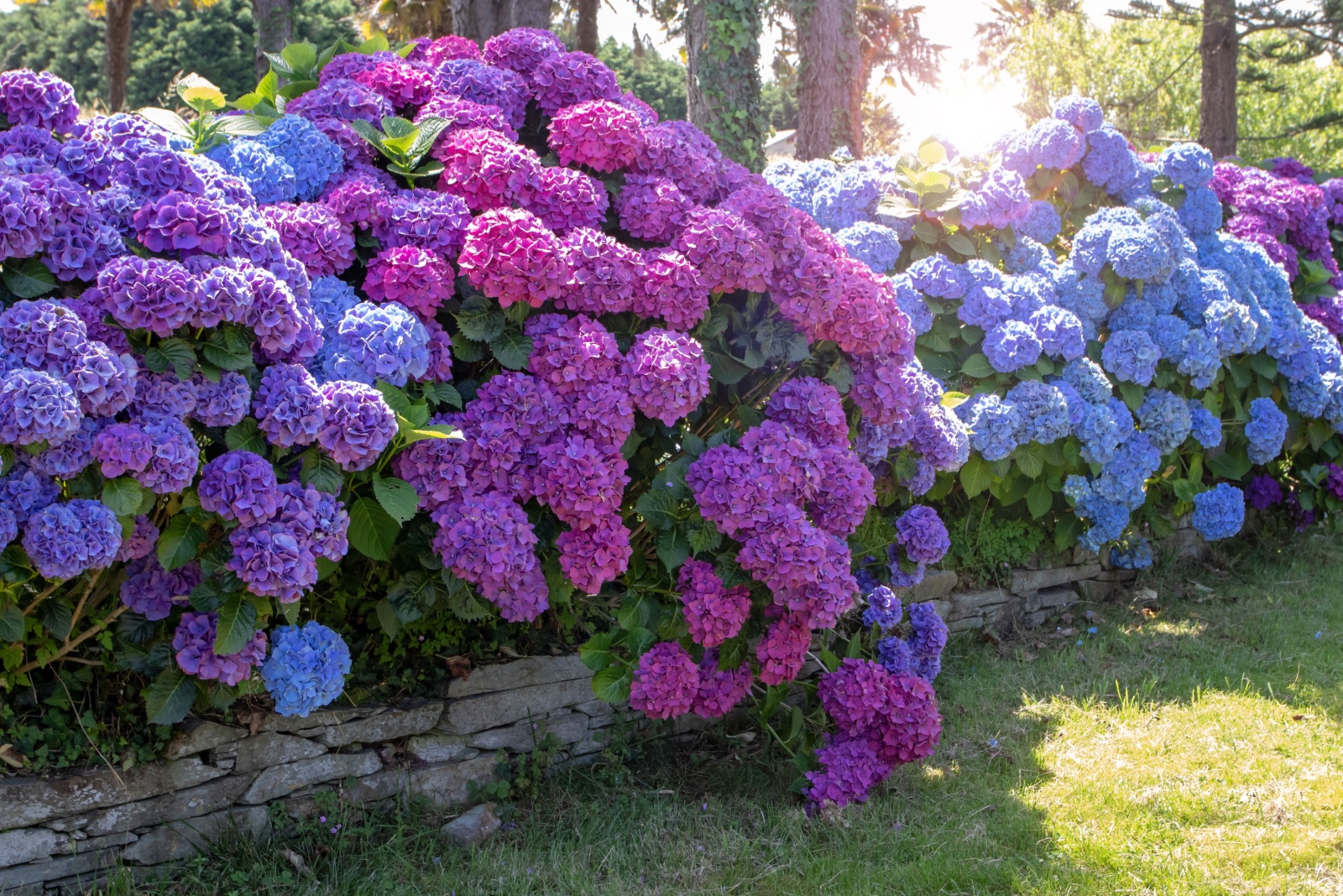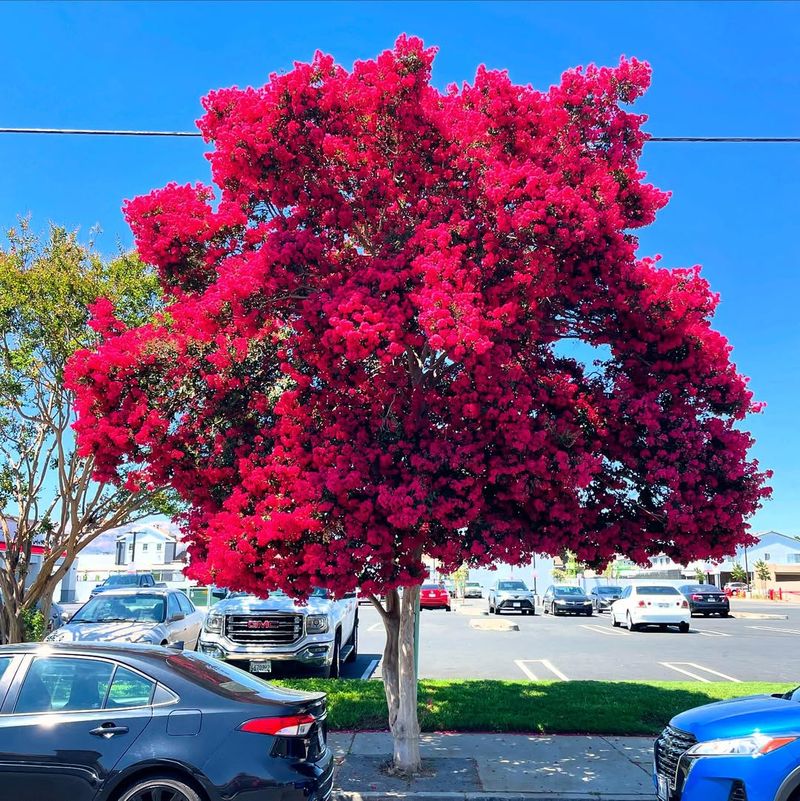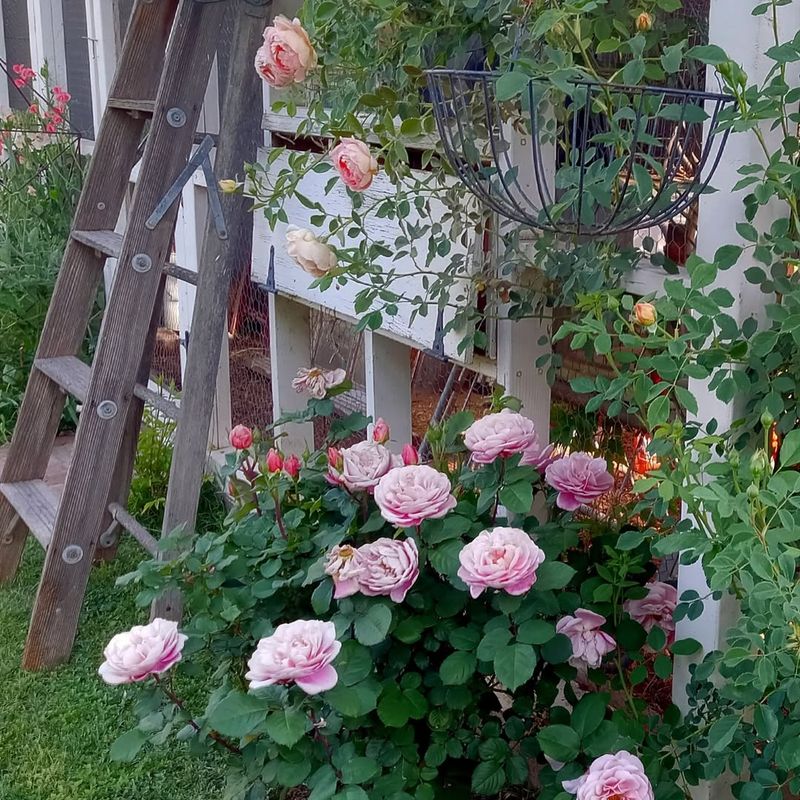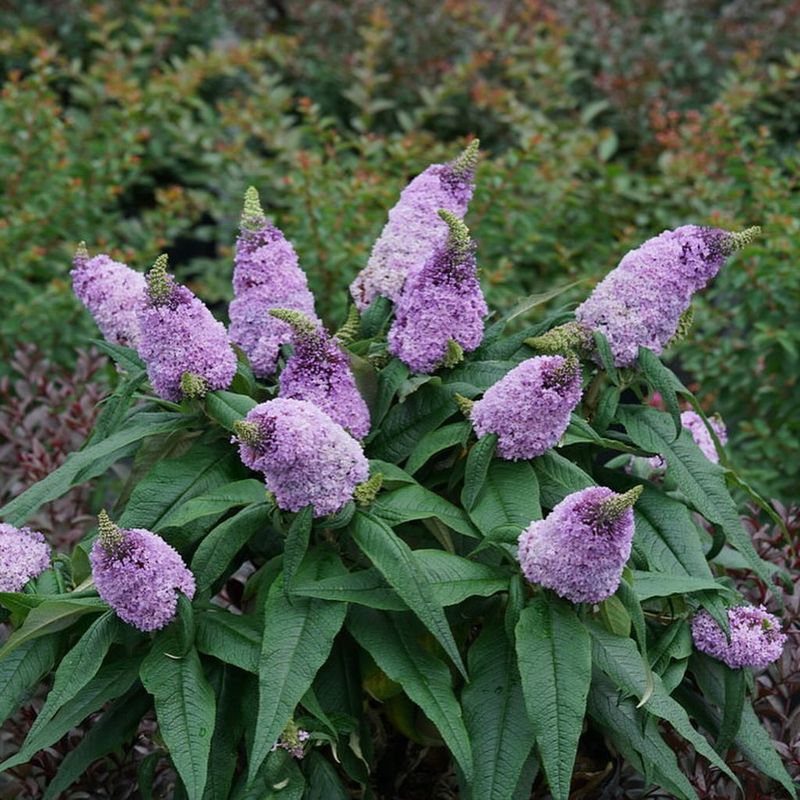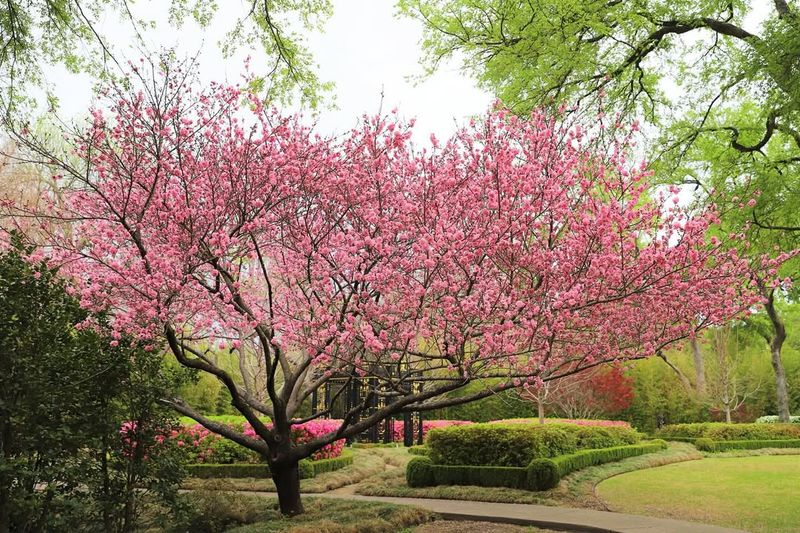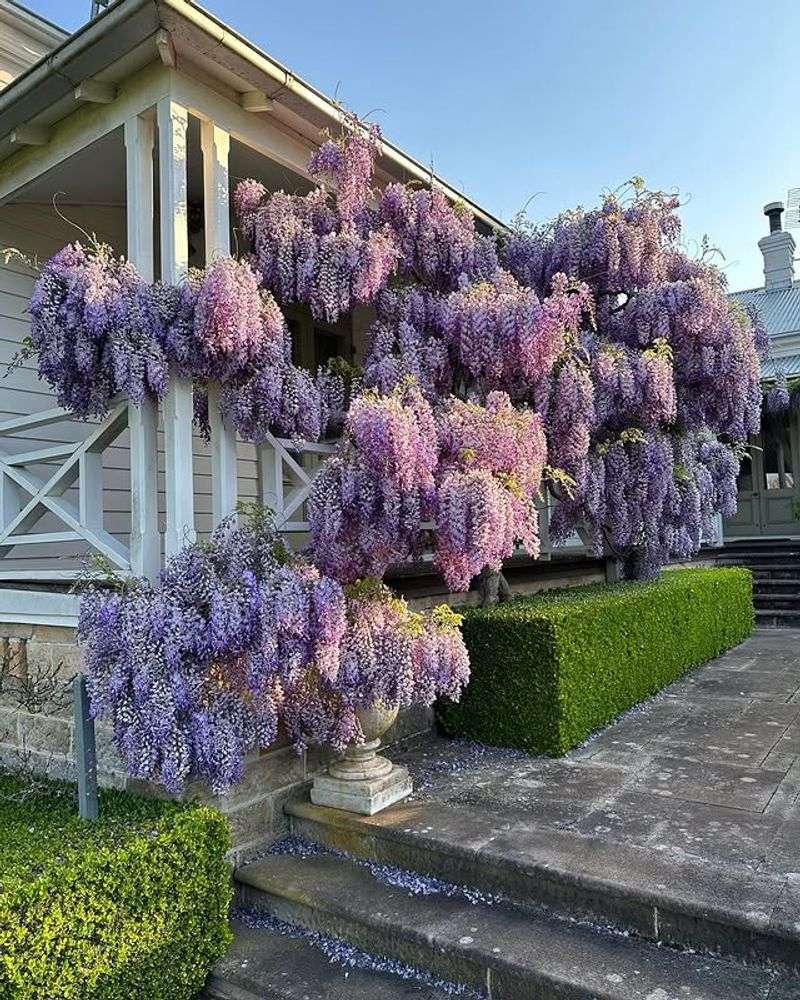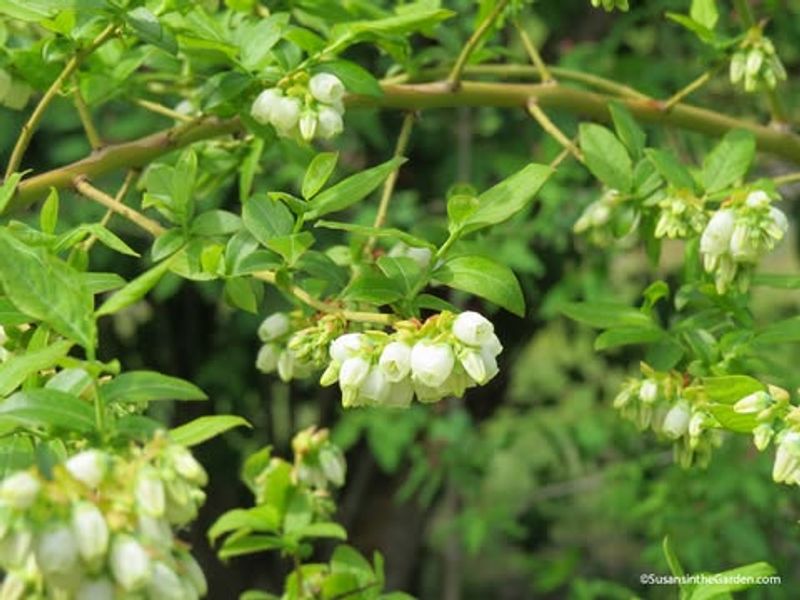November in North Carolina brings a chill that signals more than just the end of the growing season. It’s the perfect moment to give certain plants a little tough love so they can bounce back stronger in spring.
A well-timed trim now can tidy up tired growth, prevent winter damage, and set the stage for healthier, fuller plants once warmer days return. With the right cuts in the right places, your garden heads into winter looking sharp and ready for its next act.
1. Crape Myrtle
Crape myrtles stand out as one of the South’s most beloved flowering trees, and November offers an ideal window for trimming them back. Wait until all the leaves have dropped before you start cutting. Remove any suckers growing from the base and thin out crossing branches that rub together.
Many gardeners make the mistake of topping these beauties, which creates ugly knobs and weak growth. Instead, focus on selective pruning that maintains the tree’s natural vase shape and graceful form throughout the seasons ahead.
2. Rose Bushes
Your rose garden needs attention before the first hard freeze arrives in North Carolina. Cut back long canes by about one-third to prevent wind damage during winter storms. Remove any diseased or withered wood you spot, making clean cuts at a 45-degree angle just above an outward-facing bud.
Save the major shaping work for late February or early March. Right now, you’re just tidying up and protecting your roses from harsh weather conditions that could snap branches or invite fungal problems into weakened areas.
3. Butterfly Bush
Butterfly bushes grow like crazy during North Carolina summers, often becoming leggy and overgrown by the time autumn wraps up. November pruning keeps them compact and encourages better blooms for the following year. Trim the entire plant back to about 12 to 18 inches from the ground, leaving a sturdy framework of main stems.
Don’t worry about being too aggressive, these tough shrubs bounce back vigorously each North Carolina spring. Removing old growth now prevents the bush from looking messy through winter and directs energy into strong new shoots once warm weather returns to your garden.
4. Fruit Trees
Apple, peach, and pear trees benefit tremendously from dormant-season pruning in November. Once leaves have fallen, you can clearly see the tree’s structure and identify problem areas. Remove water sprouts shooting straight up and any branches growing inward toward the center.
Opening up the canopy allows sunlight and air circulation, which reduces disease pressure next growing season. Make cuts just outside the branch collar without leaving stubs. Proper pruning now means healthier trees and better fruit production when summer arrives again in your North Carolina orchard.
5. Hydrangeas
Hydrangea pruning in North Carolina depends entirely on which type you’re growing in your yard. Smooth hydrangeas and panicle varieties can be trimmed in November without sacrificing next year’s flowers. Remove about one-third of the oldest stems at ground level to encourage fresh, healthy growth.
Bigleaf and oakleaf hydrangeas are a different story. These bloom on old wood, so pruning them in North Carolina’s November season would remove next summer’s flower buds. For those types, simply remove the faded blooms and save major trimming for right after they finish flowering in the summer months.
6. Wisteria
Wisteria vines grow with astonishing speed and need regular pruning to stay under control and bloom abundantly. November represents the second pruning session of the year for these vigorous climbers. Cut back the long whippy shoots you trimmed in summer, leaving just two to three buds on each spur.
This technique encourages the formation of flower buds rather than excessive leafy growth. Without consistent pruning, wisteria becomes a tangled mess that produces more foliage than those stunning purple or white flower clusters everyone admires each spring throughout North Carolina gardens.
7. Forsythia
Forsythia explodes with cheerful yellow blooms each spring in North Carolina, but only if you prune it correctly during the dormant season. November is a good time for light maintenance pruning to remove old wood and tidy up overgrown shrubs. Cut out the oldest, thickest canes at ground level to help rejuvenate the plant.
Avoid heavy pruning in North Carolina this time of year if you want plenty of flowers, forsythia sets its buds on last year’s wood. Focus on thinning rather than shearing, which keeps the shrub’s graceful arching shape and sets the stage for a spectacular burst of color when winter finally loosens its hold.
8. Blueberry Bushes
Blueberry bushes produce better harvests when pruned annually during their dormant period in November. Remove any canes older than six years, they produce smaller berries and fewer of them. Cut these thick, grayish stems all the way to the ground to make room for younger, more productive growth.
Also trim away any low-hanging branches that touch the soil, as they’re prone to disease and pest problems. Thinning the center of the bush improves air circulation and sunlight penetration, resulting in sweeter berries and healthier plants throughout the growing season ahead.

